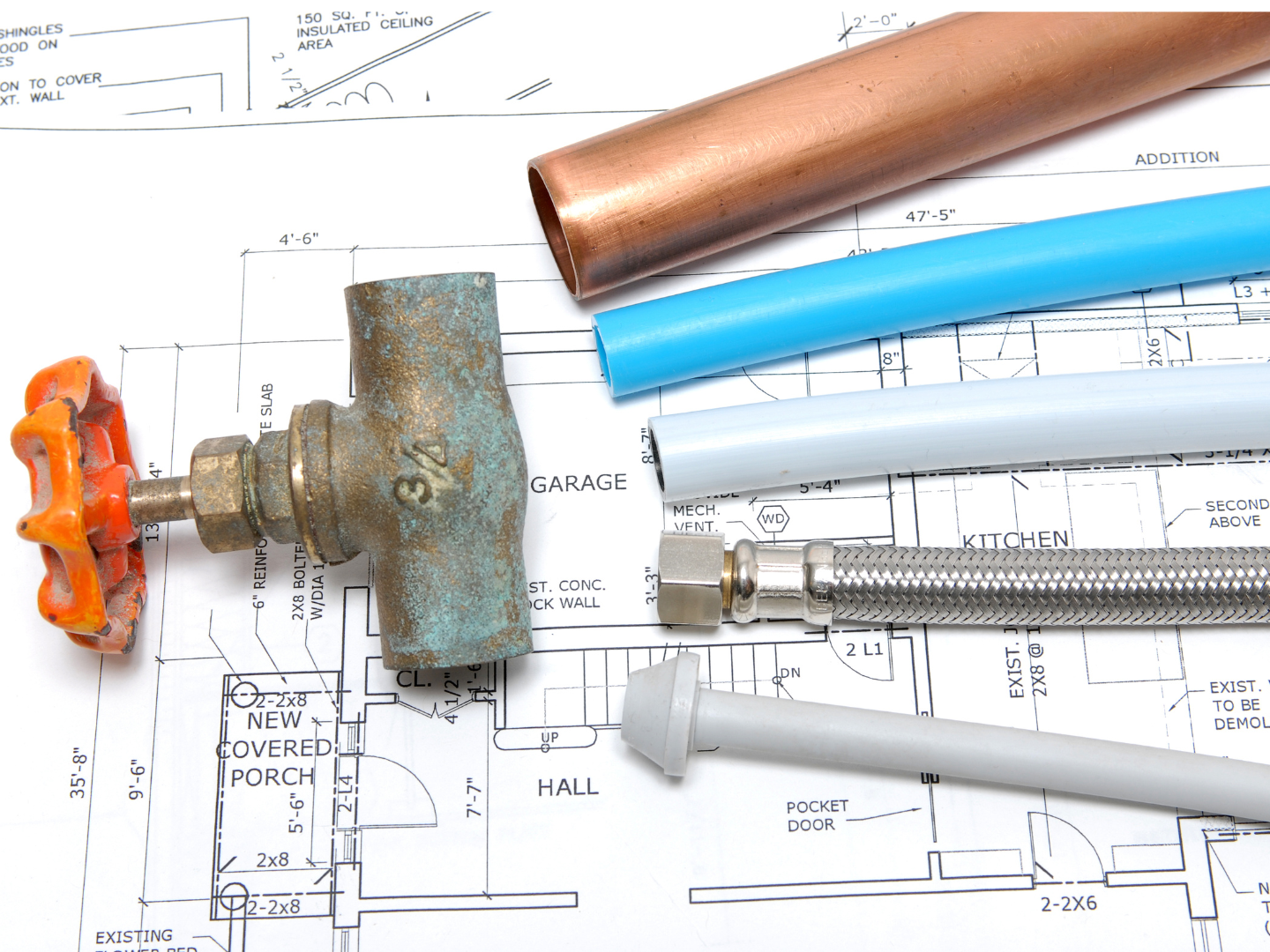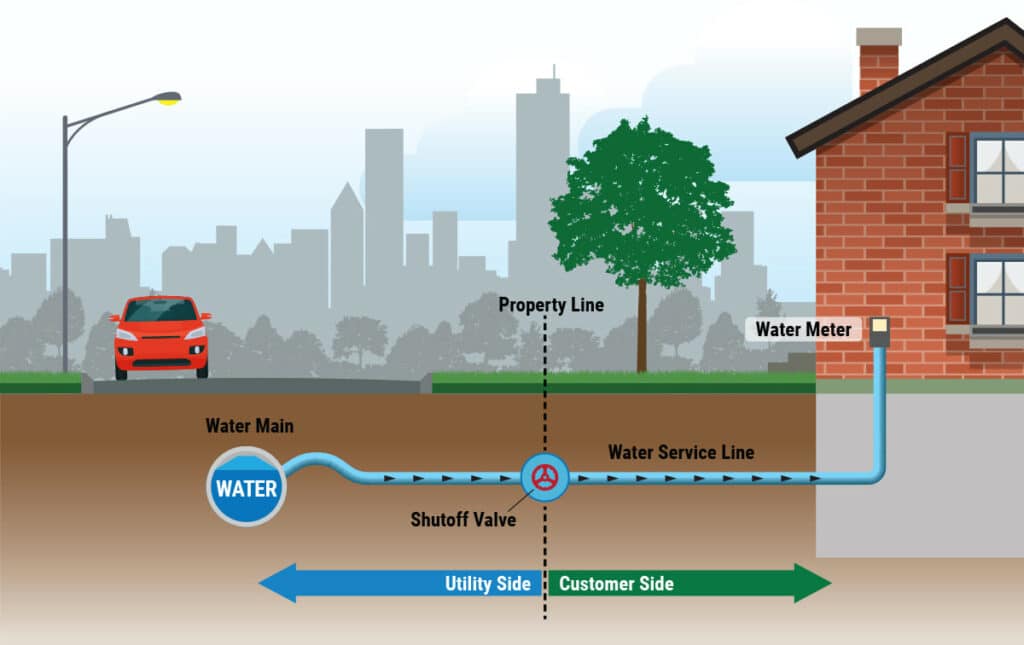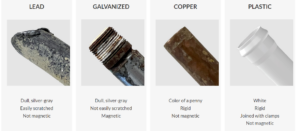
Understanding Lead & Your Drinking Water
What is Lead?
Lead is a common metallic element in nature and can be found in air, soil, and water. It is also a powerful toxin that is harmful to human health. Lead was used for centuries in plumbing because of its pliability and resistance to leaks; in fact, lead’s chemical symbol, Pb, is derived from the Latin word for plumbing. In 1986, Congress amended the Safe Drinking Water Act, prohibiting the use of pipes, solder, or flux that were not “lead-free” in public water systems or plumbing in facilities providing water for human consumption.
Why is lead a health risk?
Exposure to lead in drinking water can cause serious health effects in all age groups. Infants and children can have decreases in IQ and attention span. Lead exposure can lead to new learning and behavior problems or exacerbate existing learning and behavior problems. The children of women who are exposed to lead before or during pregnancy can have an increased risk of these adverse health effects. Adults can have increased risks of heart disease, high blood pressure, kidney, or nervous system problems.
How does lead get into drinking water?
Lead is not present in the water EAWA supplies to the distribution system. However, in some older homes lead may be present in the pipe or fixtures connecting the home to the water system or in the home plumbing. Lead in service lines or plumbing can dissolve or break off into water and end up at the tap.
What we do for Corrosion Control
Lead is not present in the water EAWA supplies to the distribution system. Lead can enter the water when pipes or old plumbing systems corrode. To prevent the corrosion of pipes, EAWA adds a corrosion inhibitor (orthophosphate) to our treated water in several locations. Under strict state and federal regulations, EAWA is required to test for copper and lead in its drinking water every three years. Samples for this testing are taken directly from faucets in areas with the oldest water mains and from buildings that may contain lead in their plumbing systems. EAWA’s recent lead sampling result was 0 parts per billion.
What can I do to reduce or eliminate lead exposure from my drinking water?
The best way to remove risks of lead in water is to completely replace all sources of lead in your home or business’s plumbing system. But there are also steps you can take right away.
- Run the Tap Before Use—Lead levels are likely at their highest when the water has been sitting in the service line or plumbing for several hours. Flush this water from your system by running the cold water for several minutes which allows you to draw fresh water from the water main. Other household/non-potable water usage activities such as: washing clothes, showering, flushing the toilet, and running the dishwasher are also effective methods of flushing the system
- Clean Aerators—Aerators are small attachments at the tips of faucets that regulate the flow of water. They can accumulate small particles of lead and other debris in the screens. It’s recommended to repeat this procedure every few weeks to prevent build-up.
- Use Cold Water for Drinking and Cooking—Using cold water for cooking and drinking can reduce your exposure to lead in the water. Hot water dissolves lead more quickly, resulting in higher levels of lead, if present, in water.
- Filter the Water—Lead is not present in the water EAWA supplies to the distribution system. If you want another preventative measure for the plumbing inside your home, you can purchase an NSF Water Filter that is certified to remove lead from your water. This filter should be used for water that will be used for drinking and cooking.



